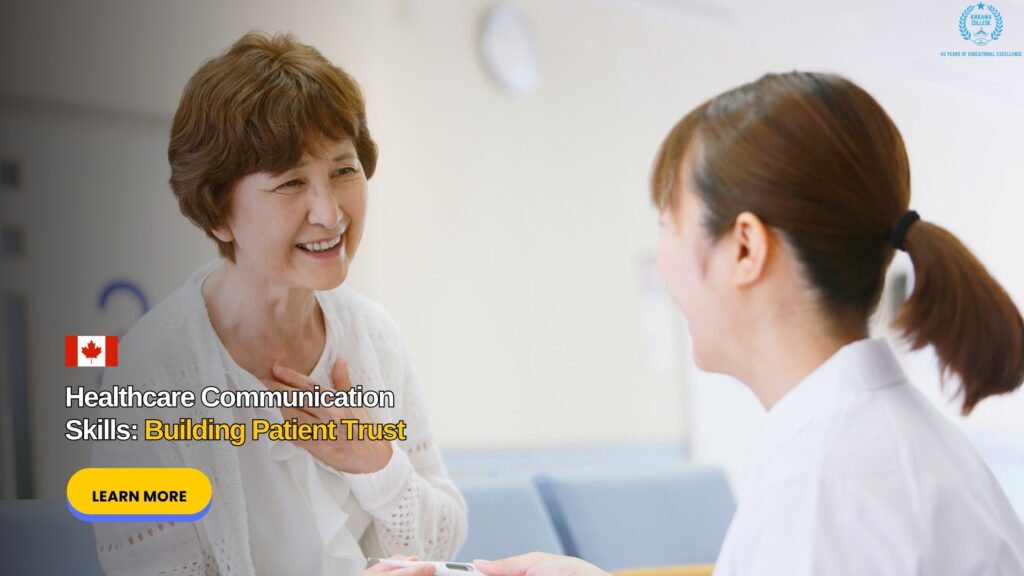A patient’s perception of a medical practice is often formed within the first minute of interaction, long before they see a doctor or nurse. This crucial first impression is almost entirely in the hands of the Medical Office Administrator. Their ability to communicate with empathy, professionalism, and efficiency sets the tone for the entire healthcare experience. In this high-stakes environment, customer service is not about sales; it’s about providing reassurance, building trust, and demonstrating compassion during what can be a vulnerable time for a patient.
Effective communication begins with active listening. When a patient calls to schedule an appointment, they may be anxious, in pain, or confused. The administrator’s role is to listen carefully to not just the words, but the tone of voice, to understand the urgency and nature of the problem. A response like, “I understand you’re in a lot of discomfort, let me see how quickly we can get you in,” can instantly ease a patient’s anxiety and build rapport. This skill is equally important in person. A warm, welcoming greeting and eye contact can make a nervous patient feel seen and cared for, transforming a sterile waiting room into a place of support.
Handling difficult situations is another critical aspect of the role. Patients may be frustrated by long wait times, confused by insurance complexities, or upset about a billing issue. In these moments, the administrator acts as a calm and empathetic problem-solver. Instead of becoming defensive, a skilled administrator acknowledges the patient’s feelings (“I understand your frustration, and I apologize for the wait”) and focuses on finding a solution. This de-escalates tension and shows the patient that the practice values their experience. It’s about turning a potentially negative interaction into an opportunity to demonstrate the practice’s commitment to patient care.
The Medical Office Administration diploma program places a strong emphasis on developing these vital soft skills. Through role-playing and scenario-based training, you learn the principles of therapeutic communication, conflict resolution, and managing sensitive information with discretion. You become the human face of the clinic, a skilled professional who understands that your words and demeanor are as much a part of the healing environment as the clinical care that follows. By mastering the art of communication, you ensure that every patient’s journey begins with confidence and comfort.






